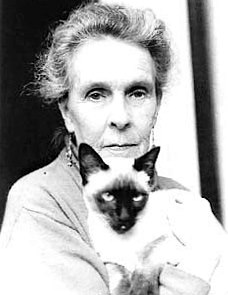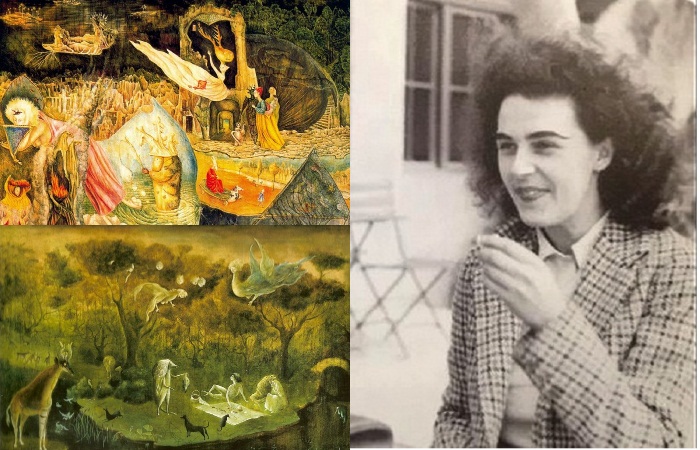
1917 - 2011
Leonora Carrington

description
An English artist and Surrealist writer with an interesting and difficult destiny, who lived in Mexico for around 70 years. The daughter of rich English noblemen, Leonora Carrington had obstinate character and desire for independence. She was excluded from several schools, until she started learning painting at a fine art school in Chelsea; at the age of 12, she met famous artist Max Ernst and ran away with him to Paris.
During the war, the artist had to hide from Nazi authorities. She experienced imprisonment in a nuthouse and fantastic escape from it with the help of a nurse, who came by a submarine. Leonora Carrington got real happiness and confidence in the future only in Mexico, where she emigrated after marrying someone fictitiously.
The artist was one of the brightest representatives of Surrealism. Her painting differs in a very personal, individual art language. It is filled with fantastic plots and symbolic figures, which derived from the Celtic and Central American Mythology, dreams and human subsonsciousness. Carrington’s mysterious world, perfectly combining with the special grotesque humor and courage of self-expression, reveals the unusual in simple things and is a true expression of the philosophy of Surrealism.
Key ideas:
– Carrington’s paintings are oriented to her inner experiences, impressions and personal experience. They are not connected with real events and people and mostly are a figment of the imagination of the artist, based on ancient Celtic traditions and Mexican folk art.
– Her paintings immerse the viewer in an absolutely different, other world, which seems to really exist in a parallel universe. Man-bird, man-crocodile, monsters with many eyes, horns and tails, with a strange exotic color – this is not a complete list of characters that can be found in the works of Leonora Carrington. Having a highly developed imagination, the artist tirelessly created these fabulous paintings, each time new, different than all the previous ones.
– Despite the fact that the plots of the artist’s paintings were a product of her imagination, she was never interested in the theory of Freud or any other scientific psychological work or esoteric literature. Carrington always said that she painted for herself and about herself, directly using the experiences of her soul.
– Most researches notice the issues of female identity in the works of the artist. While a woman was considered just a muse for men-creators, Carrington was the creator of her own art, her style and life. This idea of equality, the role of a woman in the life of the community and in the creative process is not the central in her art, but manifests itself in many of her works.
– There are many images of animals in the artist’s paintings. Some of them are almost realistic, while others have strange hybrid forms. Leonora Carrington also often associated herself with animals, mostly with a white horse or hyena.
1917
1936
1937
1939
1941
1942
1947
1963
1986
2011
Leonora Carrington was born into the family of a wealthy entrepreneur
Entered the London Academy of Painting
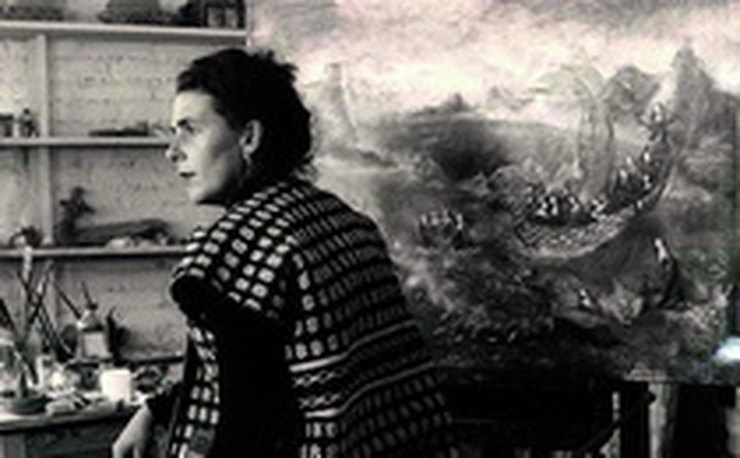
Met Max Ernst
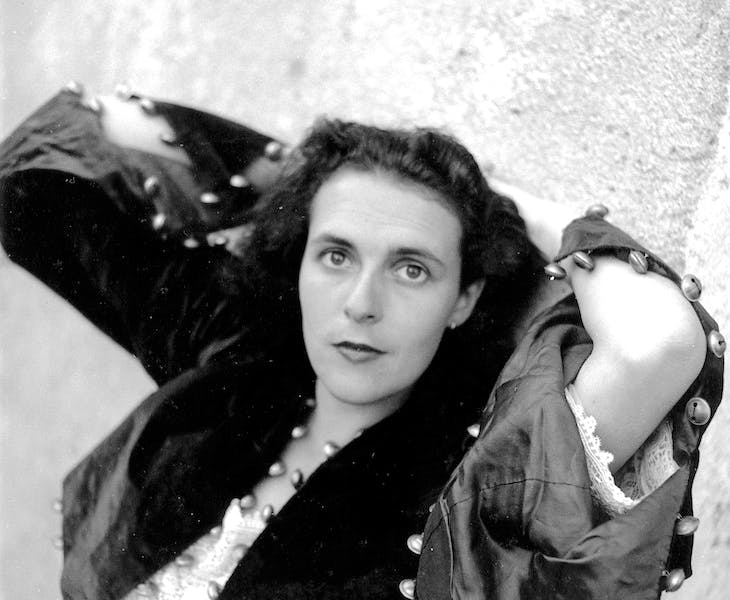
The nervous breakdown
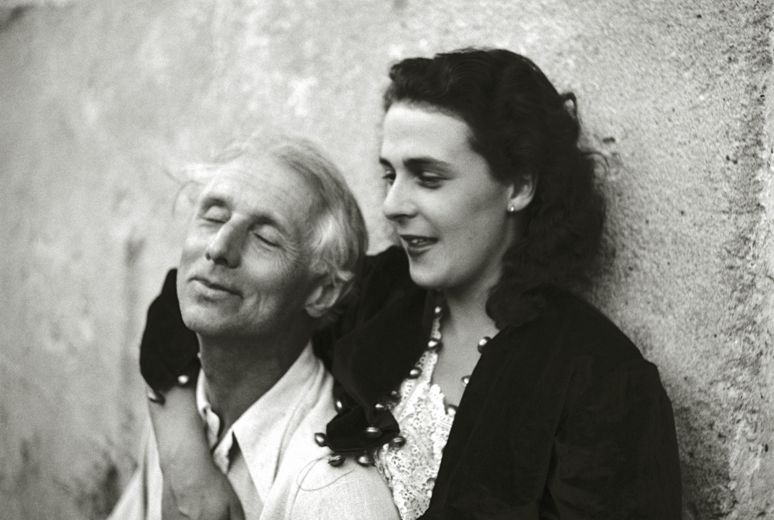
Fictitiously married Renato Leduc

Met Hungarian photographer Emerik Weiss
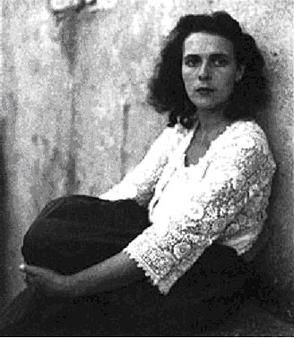
The artist took part in a large exhibition of Surrealists
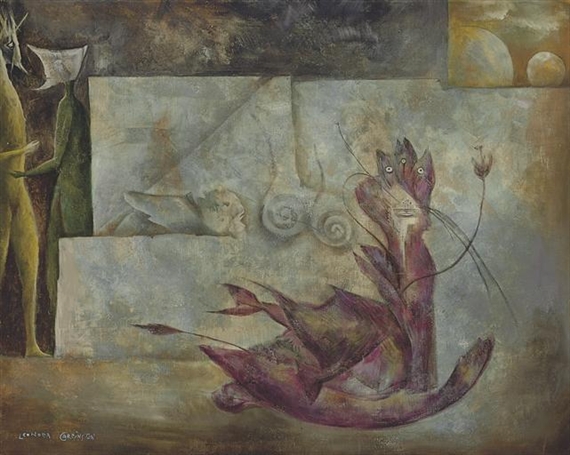
She returned to Mexico
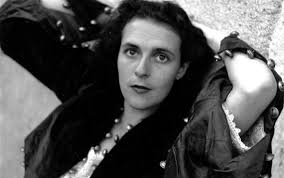
Leonora Carrington began to engage in sculpture

The death of the artist
